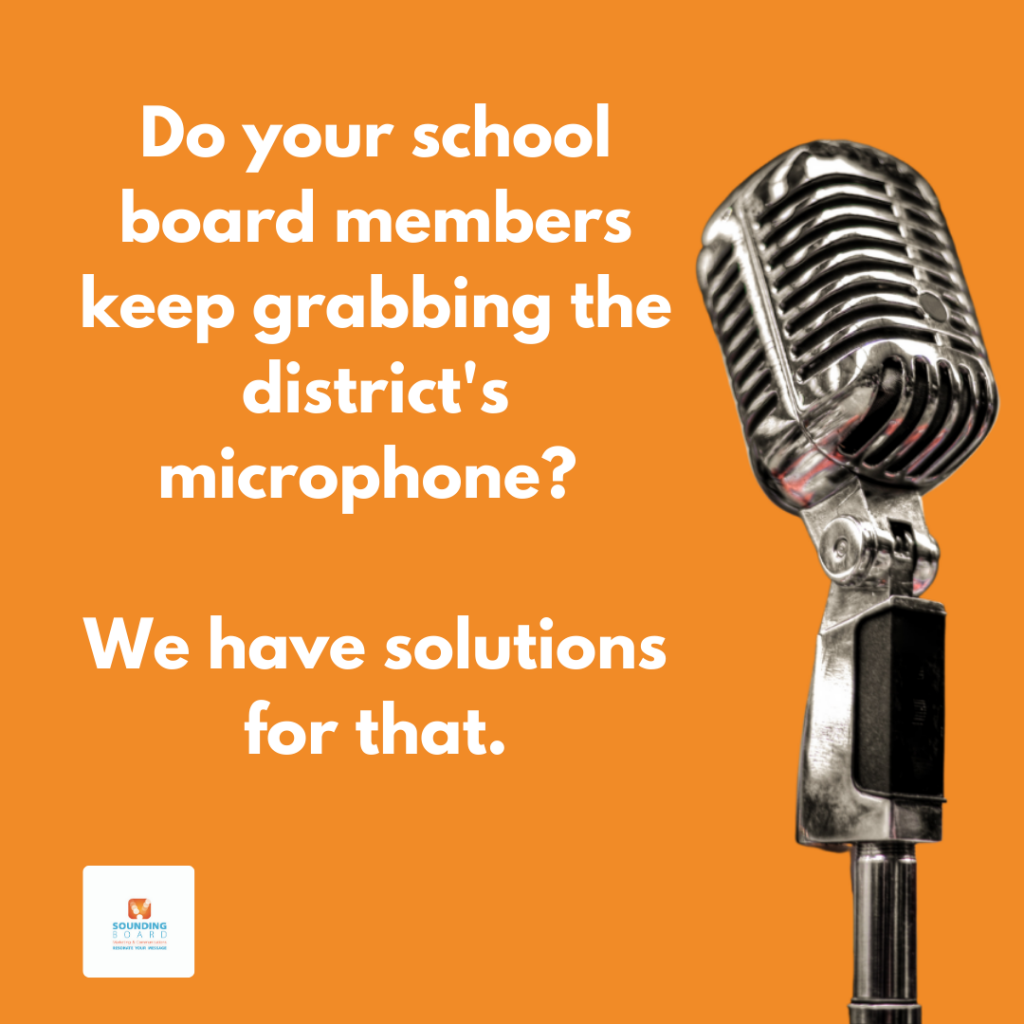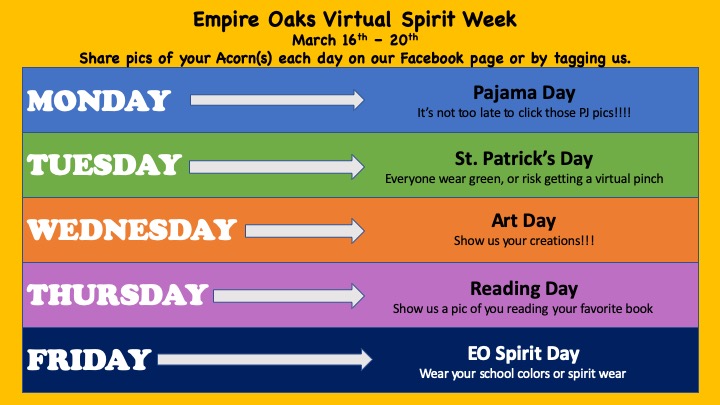Over the past year, there has been a need for quick and accurate information. In a season of uncertainty, many have turned to leaders such as school board members and other important figures in districts to get answers. However, how do you respond when your board members overstep their boundaries and break the unity of one clear voice. Have they posted on social media before the district has had the chance to communicate its message? Are board members answering questions in a way that does not reflect the views of the district? All of these situations can contribute to confusion and disunity in districts. However, these issues often do not arise without a cause. Pinpointing and issues and finding solutions are essential to moving forward.
Brown Act and Social Media
Effective January 1, 2021, in California, new changes were implemented to the Brown Act in regards to board members using and engaging on social media. The changes do authorize individual Board/Council Members to engage in conversations with the public on an “internet-based social media platform to answer questions, provide information to the public, or to solicit information from the public regarding a matter that is within the subject matter jurisdiction of the legislative body.” Board/Council Members, however, are not authorized to use social media to discuss among themselves business within the subject matter jurisdiction of the legislative body. Additionally, Board/Council Members are prohibited from responding directly to any post and/or comment that is made, posted, or shared by any other Board/Council Member of the same legislative body.” Additional legal information regarding these Brown Act changes are explained in this post by the legal firm Atkinson, Andelson, Loya, Ruud & Romo.
Between the changes to the Brown Act and the need for one voice among board members, uniform and intentional communication is essential.
Governing Guidelines
Governing guidelines and policies help to define board member collaboration and communication.
Ensure that your Board and Administrative policies on community relations are updated regularly–including reflecting the recent Brown Act changes regarding social media communications–and that your board members are familiar with board policies about community relations. In most California school districts, this policy usually begins with a clear statement such as this one:
“The Governing Board recognizes the district’s responsibility to keep the public informed regarding the goals, programs, achievements, and needs of the schools and district and to be responsive to the concerns and interests of the community. The Superintendent or designee shall establish strategies for effective two-way communications between the district and the public and shall consult with the Board regarding the role of Board members as advocates for the district’s students, programs, and policies.”
The California School Boards Association provides policy services to member California school districts, including sample community relations policies. Other state school board associations may also provide these types of policy services. Sounding Board can also provide assistance in creating comprehensive community relations policies.
The California School Boards Association also summarizes the role of the school board is “…to ensure that school districts are responsive to the values, beliefs, and priorities of their communities.” Ultimately, to best serve the district, communication must be uniform. The CSBA Professional Governance Standards for School Boards states “To operate effectively, the board must have a unity of purpose…”
These guidelines and policies help in clarifying the role and responsibility of school board members in community relations from a governing standpoint. However, that isn’t always convincing to board members who want to use communication to show accountability to their supporters.
There are also practical ways to help support board members in fulfilling their duties and provide guidelines to ensure their voice does not overstep their position to help encourage one voice.
Balancing Free Expression with Coordination
It is important to guide communications without restricting personal expression. Often if board members feel the need to share information or speak their mind, there is a motivating reason. Perhaps some changes need to happen within your district, or there are unaddressed issues below the surface. Either way pinpointing the source of the problem is crucial.
Let’s explore how to respond when your school board members act like district spokespeople:
- Provide talking points: Encourage continuity and consistency through district communication and among board members. Talking points are a great tool. Having clear points will help to make the district’s position clear and help provide organization when board members share information and seek to answer questions. This also allows board members to express concern or offer changes to the notes before communication is shared.
- Reinforce the importance of one clear voice to avoid confusion: If there are challenges with Board Members overstepping their role and communicating their own perspective that is resulting in public confusion about the school district’s activities or decisions made, it is important to underscore the importance of speaking in one voice. If key figures share different and even conflicting information it can confuse parents, teachers, and give an image of the district that is disorganized. Facts need to be consistent even if peoples’ opinions on the decisions or outcomes differ.
- Be transparent and listen: Often board members do not voice their own opinion or share information without motivation or a reason. Finding ways to be more open to board members can help get at the heart of the issue. There are multiple approaches to helping your district be more transparent and open to hearing different voices. Some simple approaches include:
- A weekly communication to the board: Send the board a summary of district activities, issues being handled and any upcoming events that may interest the board.
- Hold regular meetings with individual board members: Provide them a forum to raise their own questions, voice their concerns and receive information about matters that are of concern to them individually.
- Equip the board members with their own set of resources as a base to confirm the facts about matters that concern the board.
- Separate personal opinion from official district positions, communications: If a board member feels the need to their express personal opinion, then they need to ensure there is a clear distinction between their own personal opinion and not the position of the board as a whole, or an official district position. If board members want to be transparent and show their opinion, it is important that this is made clear. However, perhaps this is pointing to a larger issue that should be addressed. Does the school district need to respond more quickly, and be more transparent? Maybe the school board member is filling in the gaps that the district needs to fill. People normally have a reason for reaching and responding the way they do.
- Identify a solution: Lastly, once there are strategies to help improve communication, also look inward and evaluate your district communications performance. After connecting with board member, they may express concern or frustration over how your district has been providing information.
- Does communication need to go out faster?
- Does the district website and/or social media need to be updated more frequently?
- Do parents feel there is not enough transparency or means to voice concerns and comments?
Through these conversations with your board members, seek out ways to not only improve board member communication, but also your district’s communication to help get at the heart of the problem. Identify the problem, work through the solution, and create more successful outcomes.
- Engage Board members as communication ambassadors and partners: Through providing regular communication updates to the board–including an annual communication plan and evaluation of communication activities–the superintendent or communications department can ensure that the board is aware of the effectiveness of the district’s communication plan and strategies, and how the board can play a role in the success of the district’s communication. Engaging the board members as strategic partners as communicators clearly defines their role versus leaving the board member confused about their role and taking matters into their own hands.
Consistency Matters
Uniform communication across your district can be a challenge but ultimately it helps distribute essential information, secure the trust of your district, and allows for open dialogue. If you want to improve your district’s communication strategies or are going through a season of disordered communication you do not have to figure it out on your own. Sounding Board offers services and resources to help you navigate your district’s communication. Sounding Board can help from launching a communication ambassador program to community engagement, and reputation management from the ground up. To learn more about services or a partnership program that best fits the needs of your district visit https://sounding-board.net/products today!

 If you do an internet search on “marketing” or “messaging” you usually end up with a bunch of results that don’t really apply to your organization’s needs.
If you do an internet search on “marketing” or “messaging” you usually end up with a bunch of results that don’t really apply to your organization’s needs. 











